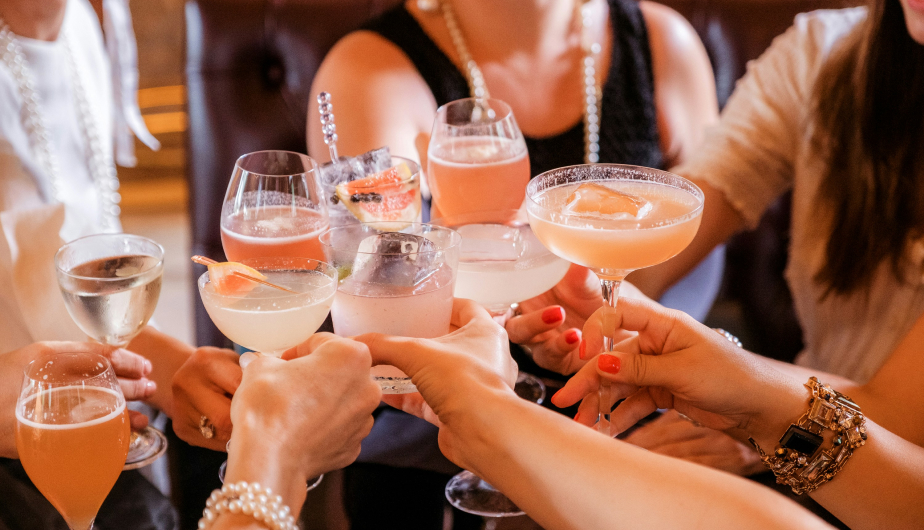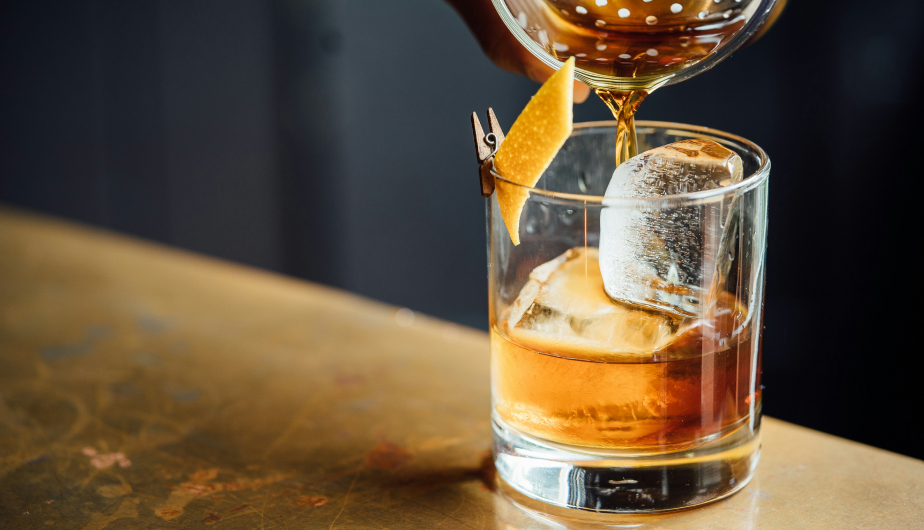Angel Shot: A Quiet Signal Making a Big Difference
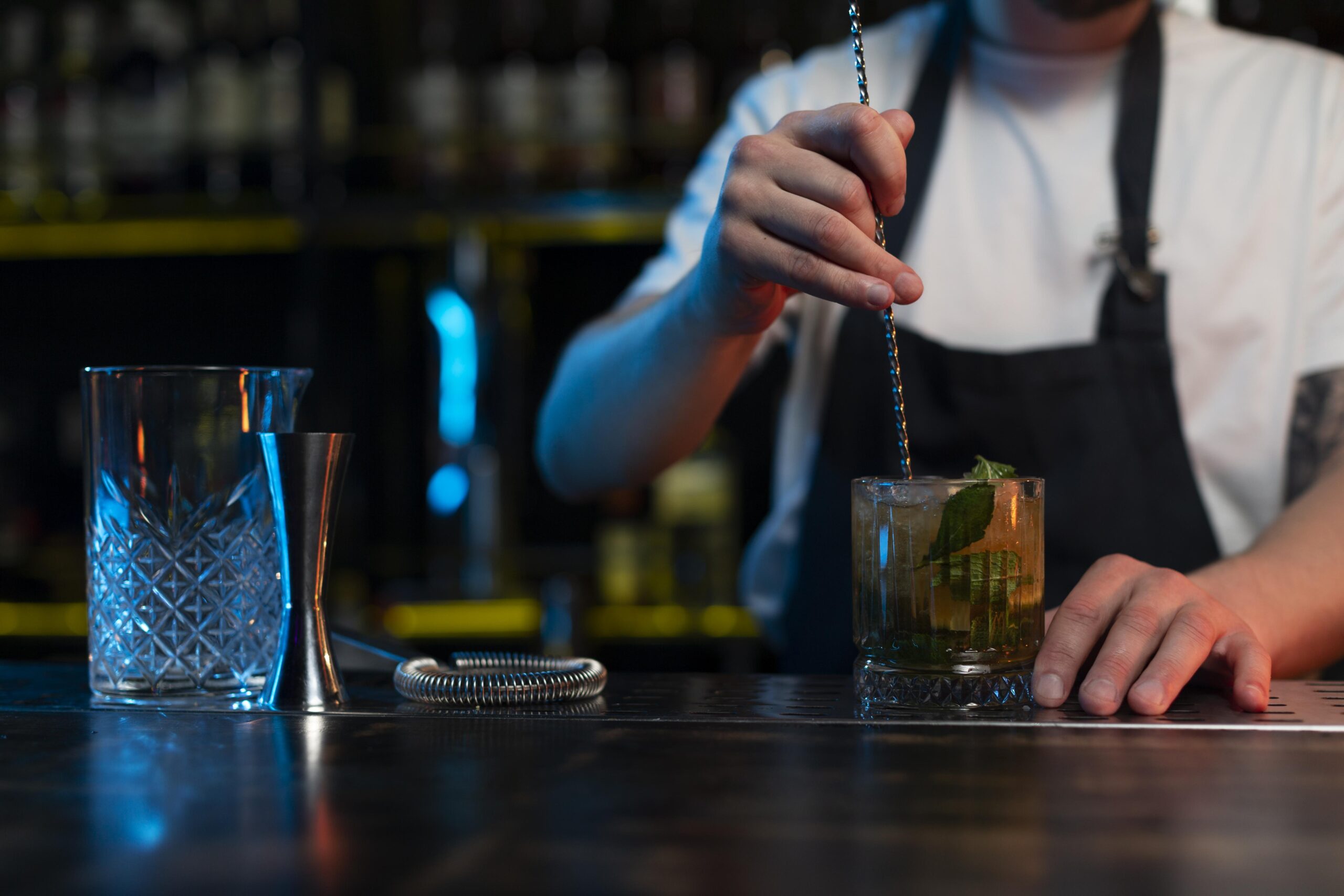
The angel shot has emerged as a crucial, yet discreet, tool in promoting a safe drinking environment within the hospitality industry. This innovative concept empowers individuals to signal for help without drawing undue attention, offering a vital layer of protection in potentially vulnerable situations. By understanding angel shot implementation and widespread benefits, both patrons and establishments can contribute to fostering safer social spaces. This article delves into the intricacies of this non-verbal safety cue, exploring its origins, practical application, and profound impact on patron protection measures across the globe.
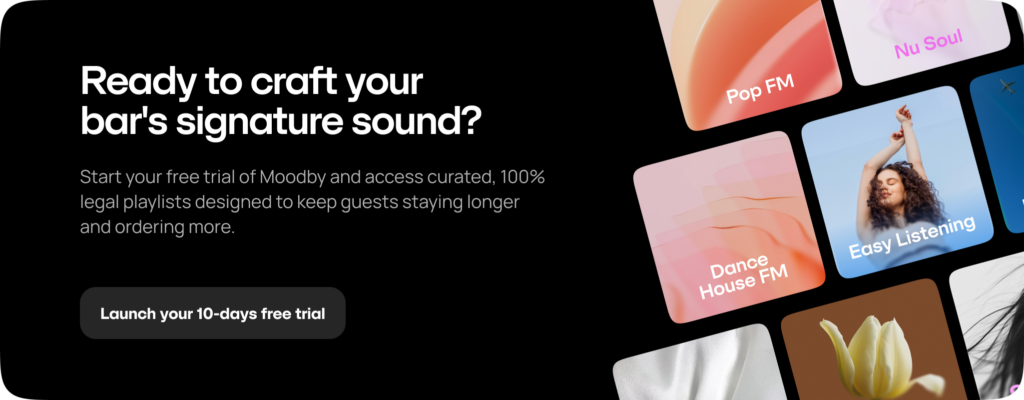
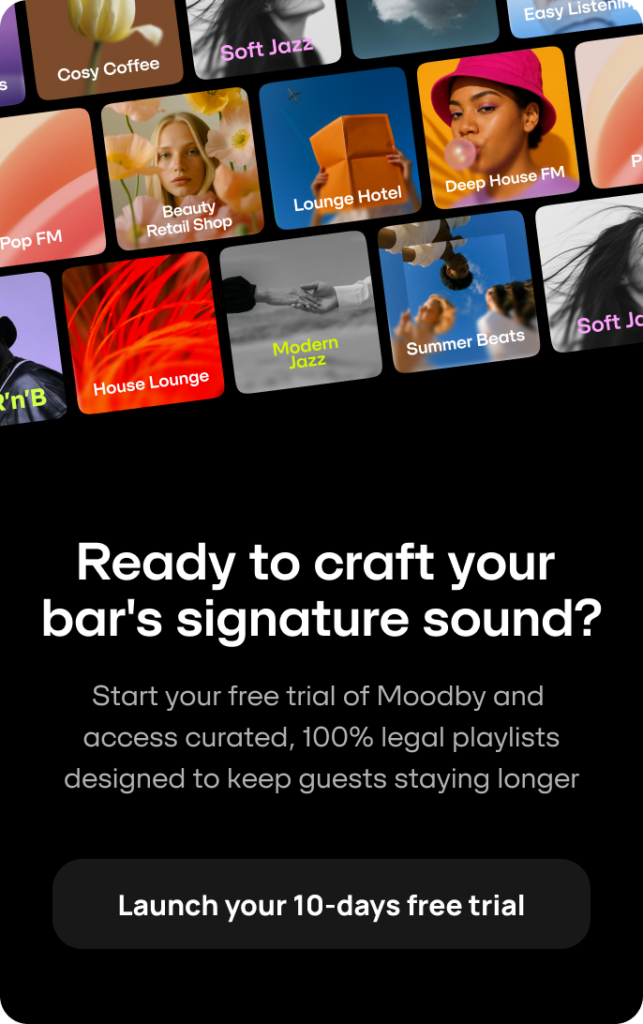
What is an Angel Shot?
When we talk about an angel shot, we’re not discussing a specific cocktail or a new drink trend; rather, it’s a powerful, silent plea for assistance. It serves as a prearranged code between a patron and the bar staff, designed to offer a lifeline in uncomfortable or dangerous scenarios. The beauty of this system lies in its subtlety, allowing an individual to communicate their need for help without alerting the person who might be causing them distress. It’s a testament to evolving nightlife safety protocols, demonstrating a proactive approach to potential threats within social venues. This angel shot made all the difference, transforming a potentially perilous situation into a safe exit strategy.
Understanding the Code
It’s not an actual drink, but a coded request for assistance. Patrons can order it in different variations to indicate the level of help needed:
- Neat or straight: Escort them to their car.
- On the rocks: Call a taxi or ride-share.
- With a twist/lime: Contact the police immediately.
These variations provide a tiered response system, allowing the individual to specify the urgency and nature of the help they require. Angel shot approach ensures that the response is proportionate to the situation, from a simple escort to an immediate intervention by law enforcement. It’s a clever way to operationalize discreet help signals within the bustling environment of a bar or club, providing peace of mind for those who might feel threatened or vulnerable.
How Bars Can Implement the Angel Shot System
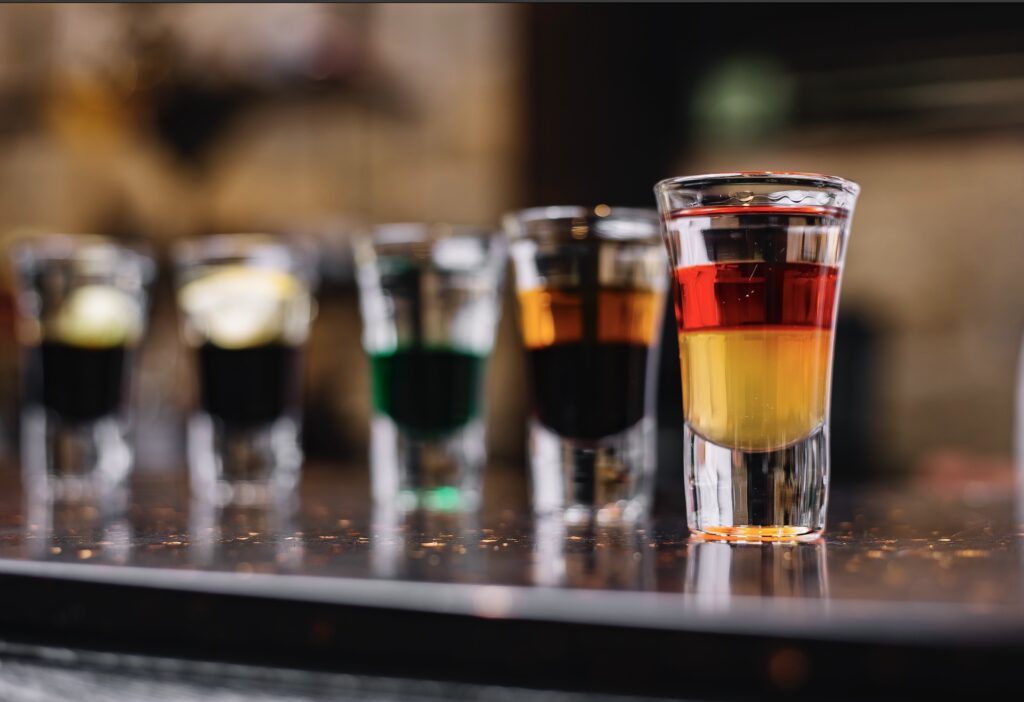
Implementing the angel shot system effectively requires commitment from bar owners and diligent bar staff training. It’s not enough to simply know about the concept; every member of the team, from the bouncer to the bartender, must understand their role in responding to such a request. This comprehensive approach ensures that when a patron asks for this specific “drink,” the response is immediate, professional, and entirely discreet. The reputation of an establishment, and more importantly, the safety of its customers, hinges on this preparedness. Ultimately, the successful deployment of this initiative speaks volumes about an establishment’s dedication to customer well-being.
Key Steps for Staff & Venues
Staff training is essential to respond discreetly and appropriately to angel shot. Bartenders may serve a harmless drink (like water) to maintain cover. Signage is often placed in restrooms to inform guests about the system without alerting others. Beyond these fundamental steps, a successful implementation also involves regular drills and refreshers to ensure that the protocol remains top of mind for all employees. It’s about creating a seamless and almost instinctive reaction to a potentially critical situation, like angel shot. Furthermore, establishing clear lines of communication between staff members, even with walkie-talkies or discrete apps, can significantly improve response times and coordination.
Here’s a breakdown of vital steps for effective implementation:
| Step Number | Action Item | Description |
| 1 | Comprehensive Staff Training | Educate all employees on the meaning of each angel shot variation and the appropriate response protocol, emphasizing discretion and urgency. |
| 2 | Clear Communication Channels | Establish internal communication methods (e.g., discreet signals, text messages) among staff to alert management or security without alarming the patron. |
| 3 | Visible & Discreet Signage | Place informative signage in restrooms or other discreet areas explaining the angel shot system to patrons in a non-obvious manner. |
| 4 | Role-Playing & Drills | Conduct regular practice scenarios to ensure staff are proficient and comfortable in responding to requests in a real-world setting. |
| 5 | Post-Incident Protocol | Develop a clear plan for follow-up actions after an angel shot request, including contacting authorities if necessary and documenting the incident. |
These steps collectively form a robust framework for any venue committed to upholding high hospitality safety standards. The proactive nature of this system helps in the prevention of harassment and other unwanted incidents.
Origins and Related Safety Campaigns
The concept of the angel shot didn’t simply appear out of thin air; it draws significant inspiration from earlier, successful public safety initiatives. Understanding its lineage provides valuable context for its current widespread adoption and reinforces its efficacy as a tool for personal safety. This evolution reflects a growing societal awareness and a collective desire to create safer public spaces for everyone, particularly within the often unpredictable environment of nightlife.
Inspiration and Global Impact
Angel shot, inspired by the “Ask for Angela” initiative from the UK, which promotes safety in nightlife settings. The goal is to create a culture of support and safety in public venues. The “Ask for Angela” campaign, launched in Lincolnshire, England, in 2016, provided a simple yet powerful framework for individuals feeling unsafe on a date or in a social situation. This groundbreaking initiative quickly gained international traction, proving that a straightforward, non-confrontational approach to safety could yield significant results. The success of “Ask for Angela” directly paved the way for the development and widespread acceptance of concepts like the angel shot meaning, demonstrating the profound impact of coded requests for assistance in fostering safer social environments. These anti-assault initiatives are making a real difference.
Why the Angel Shot System Matters

The widespread adoption and understanding of the angel shot system are paramount in today’s social climate. It goes beyond being a mere protocol; it represents a fundamental shift in how we approach personal safety within public venues. By making this knowledge commonplace, we collectively contribute to a more responsible and caring hospitality industry, where everyone feels respected and protected. Initiatives like angel shot—a discreet way for patrons to signal for help—embody this commitment to safety. The pervasive nature of concerns regarding public space security makes such systems not just beneficial, but truly essential for modern society.
Benefits for Patrons and Businesses
Helps prevent harassment and assault. Empowers patrons to seek help without confrontation. Encourages bars to take proactive steps in ensuring guest safety. The benefits extend far beyond immediate crisis intervention, creating a ripple effect of positive outcomes. For patrons, angel shot offers an immediate and accessible avenue for emergency support at bars, providing a critical sense of security and control in potentially threatening situations. Knowing that such a system exists can significantly reduce anxiety for individuals enjoying a night out.
For businesses, embracing the system demonstrates a profound commitment to alcohol service policies that prioritize guest well-being above all else. Furthermore, it can help mitigate legal risks associated with incidents of harassment or assault on their premises. What is an angel shot if not a commitment to safety? The implementation of restroom signage for help and the training around coded drink orders are concrete steps towards this goal, emphasizing the commitment to angel shot initiatives.
